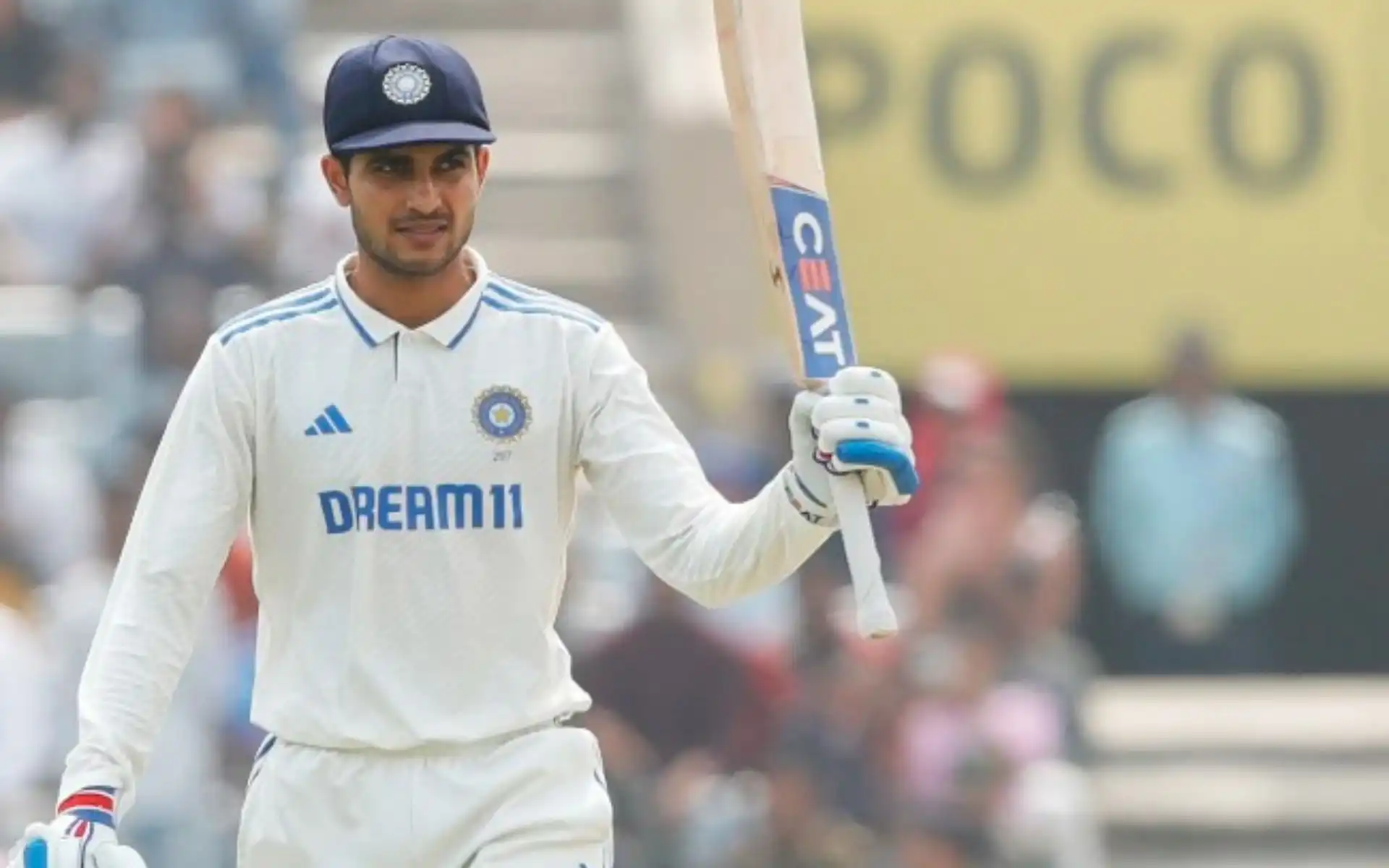.jpg?type=hq) Shubman Gill hasn't lived up to expectations at No. 3 (X)
Shubman Gill hasn't lived up to expectations at No. 3 (X)
Shubman Gill’s journey in Indian cricket has been like a rollercoaster ride, full of ups and downs. Starting as an opener, he made a name for himself with some scintillating performances at the top of the order.
However, ahead of the two-match Test series against West Indies in July 2023, Gill took a bold step by expressing his desire to bat at number three, filling the void left by Cheteshwar Pujara after the veteran was dropped following a disappointing World Test Championship 2023 Final.
Now, with India’s long Test season looming, the big question remains: Can Shubman Gill solidify the crucial number three position, or will he put India in troubled waters?
Shubman Gill’s Form at Number Three: A Mixed Bag
Gill's initial foray into the number three spot was a baptism by fire. In his debut series against the West Indies batting at three, he managed just 45 runs across three innings, averaging 22.50. It was a lacklustre performance, to say the least, and critics were quick to say that he bit off more than he could chew.
Things didn't get any better in the following series against South Africa in December 2023, where Gill's form seemed to take a nosedive. He mustered just 74 runs in four innings at a meagre average of 18.50, leaving the Indian camp scratching their heads. At this stage, it looked as though Gill's experiment at number three might be more of a gamble than a solid strategy.
But just when the chips were down, Gill turned the tide in spectacular fashion against England in January-March 2024. Scoring a whopping 552 runs in three innings at an impressive average of 56.50, including two centuries and two fifties, Gill silenced his doubters. However, amidst the hundreds were two ducks, a sign that inconsistency still lurks beneath his flamboyant stroke play.
Comparing Gill’s Records: Opener vs Number Three
If we dive deeper into Gill's statistics, the contrast between his performances as an opener and at number three becomes apparent:
| Batting Position | Innings | Runs | Average | Strike-Rate | 50/100s |
|---|---|---|---|---|---|
| Opening | 29 | 874 | 32.37 | 58.15 | 4/2 |
| At No. 3 | 17 | 618 | 41.20 | 61.19 | 2/2 |
| Overall | 46 | 1492 | 35.52 | 59.37 | 6/2 |
As an opener, Gill has accumulated 874 runs at an average of 32.37, which, though solid, doesn't quite scream 'match-winner.' His strike rate of 58.15 also shows that while he has the ability to grind through tough periods, he hasn't always dominated bowlers as an opener.
In contrast, his record at number three is markedly better. With 618 runs at an average of 41.20 and a slightly improved strike rate of 61.19, Gill appears to be more at home in the one-down position. However, numbers alone don't tell the full story.
His inconsistency, illustrated by the ducks and low scores peppered between big hundreds, could be India’s Achilles' heel if not managed carefully.
The Pressure of Filling Pujara’s Shoes
Gill's move to number three was prompted by the removal of Cheteshwar Pujara, a stalwart of Indian cricket who had occupied the spot for over a decade. Pujara’s strength was his incredible fighting spirit—he could blunt even the sharpest attacks and occupy the crease for hours. His approach was all about absorbing pressure, often putting the team on his back like a pack mule.
On the other hand, Gill is a different kind of player. He's aggressive, a natural stroke-maker who likes to take the attack to the opposition. While that can be an asset, especially when India needs quick runs, it can also be a double-edged sword. In Test cricket, patience is a virtue, and Gill’s aggressive instincts may at times land India in hot water.
The Road Ahead: Can Gill Steer the Ship?
India’s upcoming Test series against Bangladesh, starting on September 19, will be another litmus test for Gill at number three. The Bangladesh bowling attack, while not as fearsome as England or South Africa, is more than capable of exploiting any chinks in Gill’s armour. Should Gill falter, it could throw a spanner in the works for India's middle-order stability.
However, if he can replicate his form from the England series and continue to bat with the flair and control that won him accolades earlier this year, then India may have found their next long-term number three.
Conclusion: A Double-Edged Sword
Shubman Gill’s move to number three is undoubtedly a calculated risk. On one hand, his performance against England suggests that he has the temperament and skill to make the position his own. On the other, his inconsistency and the pressure of filling Pujara’s shoes may lead to turbulent times for India if things go awry.
India must be prepared for both the highs and lows that come with Gill’s tenure at number three. Whether he will thrive or leave India in a pickle remains to be seen, but one thing is certain—Shubman Gill is at the crossroads of his career, and the next few months will define his legacy.
.jpg)


.jpg?type=mq)


